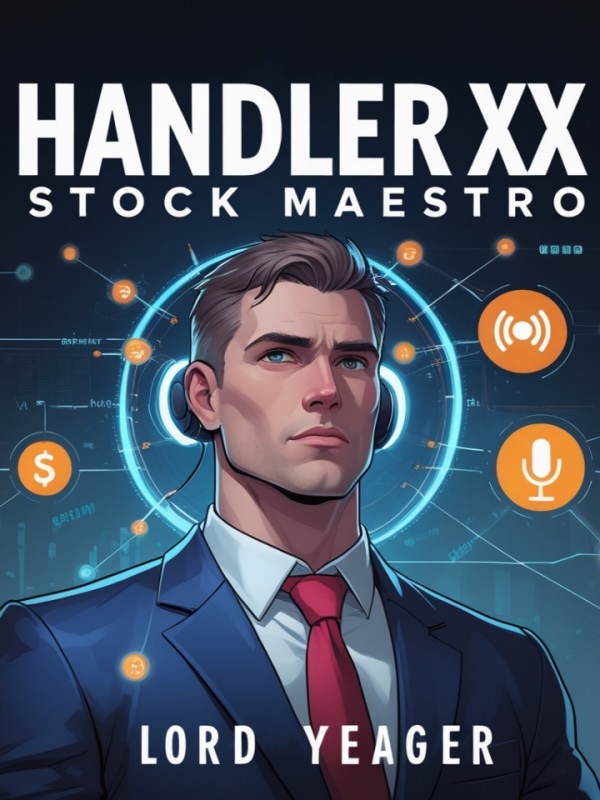©NovelBuddy
I Am The Swarm-Chapter 524: The Tone
Most of the new unit designs Luo Wen has conceptualized are still in the early stages. To bring them to life, deploy them on the battlefield, and showcase them to the world, many issues need to be resolved. Among these, the most critical is the development of a more efficient energy system.
For the Swarm’s space forces, units below the Primordial-class rely primarily on their own energy storage cells to store energy due to their size and other factors.
Although these energy storage cells have undergone several iterations of optimization, allowing them to store far more energy than the original versions and significantly increasing the combat radius and duration of Larval and Mature bodies, they are still insufficient to support Space Octopuses in unleashing long-range firepower at will.
As a result, smaller Larval bodies are not equipped with long-range weapons, while larger Mature bodies are only equipped with secondary-grade long-range attack weapons.
The Primordial bodies, on the other hand, are all equipped with Atomic Furnaces. The continuous controlled fusion within these furnaces provides a steady supply of energy to the Primordial-class units. In the early stages, this was sufficient to meet all the Swarm’s needs and activities.
However, as the intensity of warfare and the level of opponents have continued to rise, the once-unbeatable Atomic Furnace has encountered limitations. Its power output per unit of time cannot support the simultaneous operation of multiple turrets. To increase the number of turrets on a Primordial-class unit, more Atomic Furnaces would need to be added, but this would inevitably make the unit’s body bulkier.
While this is not impossible—some Primordial-class units in the Swarm’s forces, measuring over a kilometer in length, are equipped with multiple Atomic Furnaces and more turrets—it is more cost-effective and time-efficient to produce more 500-meter-long Primordial-class units instead.
This approach not only disperses risk but also makes the forces more robust and flexible.
In the past, the Swarm’s opponents, whether the Moto civilization or the Troi civilization, also used energy systems based on controlled fusion. The only difference was the degree of optimization; there was no fundamental distinction.
However, many of the enemies arriving this time come from the mid-rim civilizations within the Interstellar Technological Confederation. These civilizations have a longer history, allowing them to accumulate more points to exchange for technology or conduct their own research.
Some of these civilizations’ conventional warships are not significantly larger than others, but they are equipped with several times more turrets. Achieving this is not simply a matter of adding more controlled fusion platforms.
The reason they can do this is that their energy systems have advanced to a higher level, achieving a qualitative leap.
During the first invasion of the Daqi Empire, the Koya Alliance deployed a type of mine designed to target warp travel along the Swarm’s route to buy more time for the Daqi Empire’s evacuation.
Afterward, the Swarm’s intelligent entities studied these mines and discovered that they used a new energy system—dark matter and dark energy.
This new energy system caught Luo Wen’s attention, and he assigned a portion of the intelligent entities to study it. However, at the time, most of the intelligent entities had been diverted to study the metal sphere and negative energy on Planet Boti, leaving the dark energy research understaffed.
Additionally, the dark energy system was a new field for the Swarm, starting from scratch, which made progress slow. As the number of intelligent entities gradually increased, more resources were allocated to dark energy research.
However, the new intelligent entities lacked the necessary experience and knowledge. Moreover, the dark energy system is not a problem that can be solved simply by throwing more people at it. It is a field that has taken many civilizations tens of thousands of years to make progress in. For example, the manufacturer of those mines, an established outer-rim civilization, could only achieve the simple task of detonating them.
As a young force, the Swarm attempting to conquer this field in a hundred or even a few decades, even with their advantages, is somewhat unrealistic. To achieve the level of deep utilization seen in established mid-rim civilizations is akin to the leap from atomic bombs to controlled fusion devices.
However, after Luo Wen reassigned some senior intelligent entities from negative energy research to this project, progress improved significantly. Nevertheless, there is still a gap before practical application can be achieved.
Fortunately, as the saying goes, “When you’re sleepy, a pillow appears.” If they could disassemble some actual devices, it would greatly accelerate the intelligent entities’ research progress. As for obtaining such devices, Luo Wen is not worried. Whether on the battlefield or through contributions from “insiders” within the coalition, there will always be a way.
Once the Swarm has its own dark energy power system, many of Luo Wen’s designs will enter the practical stage, making the war more balanced and exciting.
The Blades’ discussion continues.
“According to projections, by the time the Interstellar Coalition reaches our defensive lines, our forces will number at most five billion. Although this is nearly double the coalition’s numbers, the results of simulated battles are still not optimistic.”
One Blade shook his head. “Saying ‘not optimistic’ is already being extremely optimistic. The reality is that we are likely to suffer a crushing defeat.”
“We must change. If we only focus on defense in this war, we will be too passive. We must take the initiative to buy time for our reinforcements.”
“Exactly. Relying on star systems for defense may provide many fixed defensive facilities, but it also limits our maneuverability and ties our hands.”
“With three billion on their side and five billion on ours, a total of eight billion forces will be fighting across nine star systems. Such a large-scale battle will destroy entire star systems.”
“The planets and moons are one thing, but the stars are crucial supply points for our frontlines. If the battles get too close to them, it will be very disadvantageous for us.”
“So what do we do? Should we follow the example of the Koya Alliance and retreat, trading space for time?”
“That’s not a good idea. The coalition’s objectives are different from ours. Even if we cede space, it may not delay them.”
New novel chapt𝒆rs are published on ƒгeewebnovёl.com.
“Exactly. The distance to the Swarm’s core is only a little over twenty light-years. If we can’t curb the coalition’s momentum, twenty light-years is not a great distance.”
“For the glory of the Overlord and the Swarm, we must hold the line at our current border!”
“Defending to the death is not the way forward. I suggest we take the initiative.”
“Are you insane? We’re already at a disadvantage, and you want to split our forces?”
“I agree with taking the initiative. Defense is too passive. The firepower gap between us and the coalition is too large. Fighting a positional war would be suicidal.”
“I agree with taking the initiative.”
“I support taking the initiative.”
“…”
Soon, most of the Blades agreed on taking the initiative.
“Since everyone agrees on taking the initiative, let’s now discuss how to proceed.” With the consensus reached, Sarah spoke, setting the strategic tone.
However, this is not something that can be achieved simply by shouting slogans. Before the Blades expressed or supported a particular viewpoint, they must have had some plans in mind, which is why they showed a tendency toward certain strategies. Now that the tone has been set, they began to offer suggestions and ideas.







